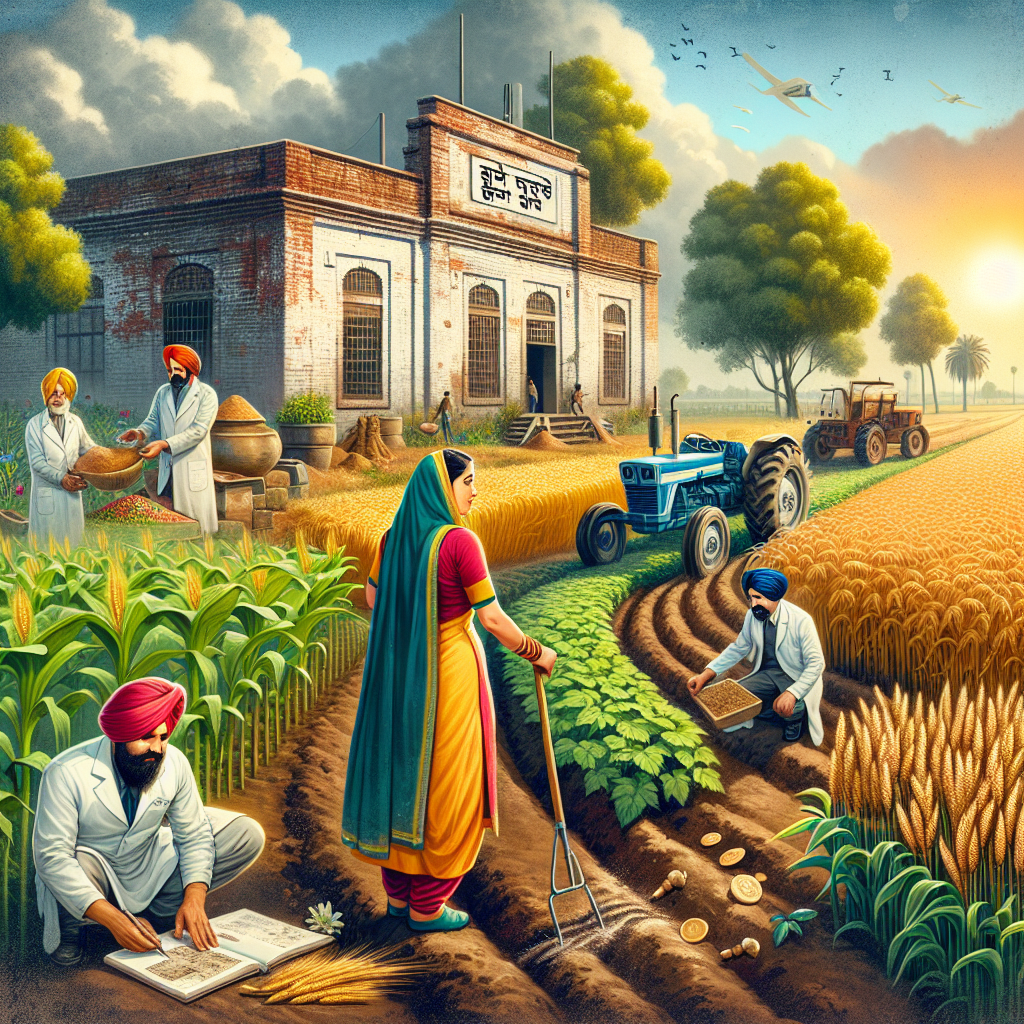Cabinet Approves Continuation of Modified Interest Subvention Scheme
As of now, India has more than 7.75 crore active Kisan Credit Card (KCC) accounts, reflecting the scale at which the scheme has penetrated rural financial markets.

- Country:
- India
In a major decision to bolster the rural economy and ensure continued access to affordable institutional credit for farmers, the Union Cabinet chaired by Prime Minister Shri Narendra Modi has approved the continuation of the Interest Subvention (IS) component under the Modified Interest Subvention Scheme (MISS) for the financial year 2025–26. This move reaffirms the government’s commitment to the welfare of India’s agricultural community, especially small and marginal farmers, by ensuring the availability of low-cost credit through the Kisan Credit Card (KCC) mechanism.
Overview of the Modified Interest Subvention Scheme (MISS)
MISS is a Central Sector Scheme designed to provide short-term agricultural credit at subsidized interest rates. The scheme primarily targets farmers in need of credit for seasonal agricultural operations, crop maintenance, and activities related to allied sectors such as animal husbandry and fisheries.
Under the MISS framework:
-
Short-term crop loans up to ₹3 lakh are made available at a subsidized interest rate of 7% per annum.
-
Interest subvention of 1.5% is provided to eligible lending institutions, including commercial banks, regional rural banks, and cooperative banks, to offset the cost of extending affordable credit.
-
Prompt Repayment Incentive (PRI) of up to 3% is granted to farmers who repay their loans on time, effectively bringing down the net interest rate to 4%.
-
For animal husbandry and fisheries, the scheme provides similar benefits for loans up to ₹2 lakh, thus supporting the broader agricultural ecosystem.
Continued Structure, No Changes
The Cabinet has not proposed any modifications in the scheme’s structure or operational components. By maintaining the current design of MISS, the government ensures consistency and predictability for banks and beneficiaries alike.
Scale and Impact of KCC and Agricultural Credit
As of now, India has more than 7.75 crore active Kisan Credit Card (KCC) accounts, reflecting the scale at which the scheme has penetrated rural financial markets. The government’s support through interest subvention has been pivotal in sustaining the flow of institutional credit to the agriculture sector.
Key indicators of the scheme’s impact include:
-
Institutional credit disbursement under KCC surged from ₹4.26 lakh crore in 2014 to ₹10.05 lakh crore by December 2024.
-
Overall agricultural credit flow grew from ₹7.3 lakh crore in FY 2013–14 to ₹25.49 lakh crore in FY 2023–24, a more than three-fold increase.
-
The launch of Kisan Rin Portal (KRP) in August 2023 marked a significant digital reform, enhancing transparency, monitoring, and efficiency in processing subvention claims.
Financial Context and Policy Justification
The Cabinet decision comes in the backdrop of evolving financial market conditions, including the movement of the repo rate and Median Marginal Cost of Funds-based Lending Rate (MCLR). Given these trends, maintaining the 1.5% interest subvention remains a critical policy tool for supporting rural credit institutions and ensuring the continuity of low-cost loans to farmers.
By retaining this rate, the scheme provides a cushion to rural and cooperative banks that are vital conduits of credit in underserved regions. This helps prevent distress borrowing and protects farmers from the volatility of market-driven interest rates.
Commitment to Doubling Farmers’ Income
The continuation of MISS is aligned with the Government of India’s broader goal of doubling farmers’ income, a target set under the Prime Minister’s vision for rural development. Affordable and timely credit not only boosts agricultural productivity but also enhances income security, enabling farmers to invest in better inputs, technology, and farm infrastructure.
This policy decision also complements other key rural initiatives such as PM-KISAN, PMFBY (Crop Insurance), PM Fasal Bima Yojana, and Digital Agriculture Mission, which together aim to modernize and transform Indian agriculture.
The Road Ahead
With this decision, the government has once again emphasized the centrality of agriculture to India’s economic fabric. The Ministry of Agriculture and Farmers’ Welfare, along with the Ministry of Finance and banking institutions, will now implement the continued MISS framework for 2025–26 with renewed vigor and coordination.
As the nation prepares for the 2025–26 cropping cycle, this timely extension of the interest subvention scheme is poised to ensure that farmers receive the financial support they need, precisely when they need it the most.










